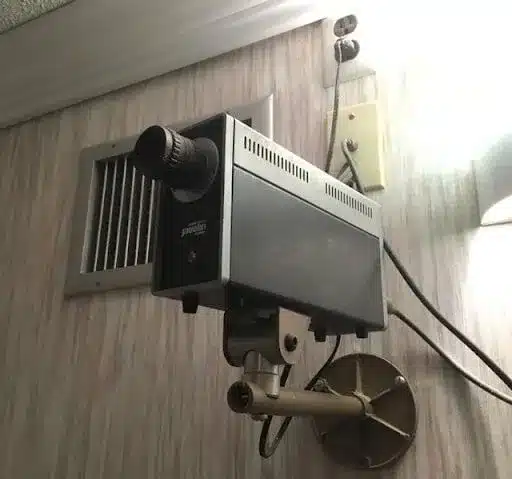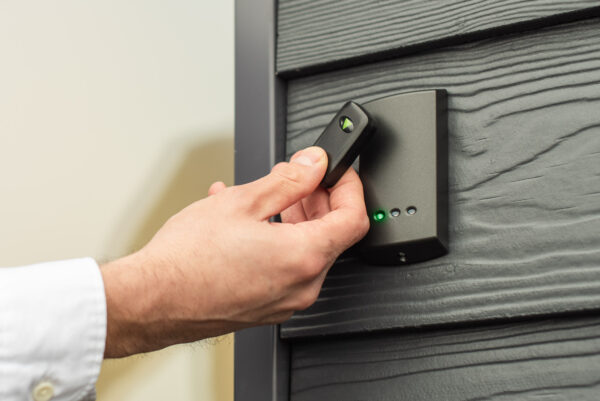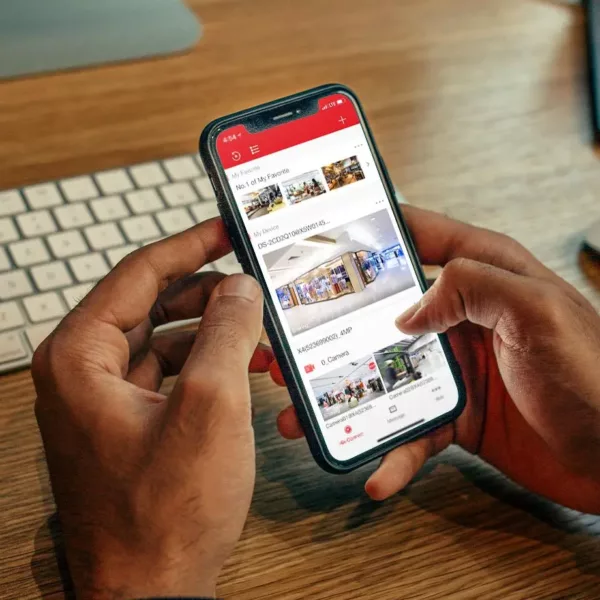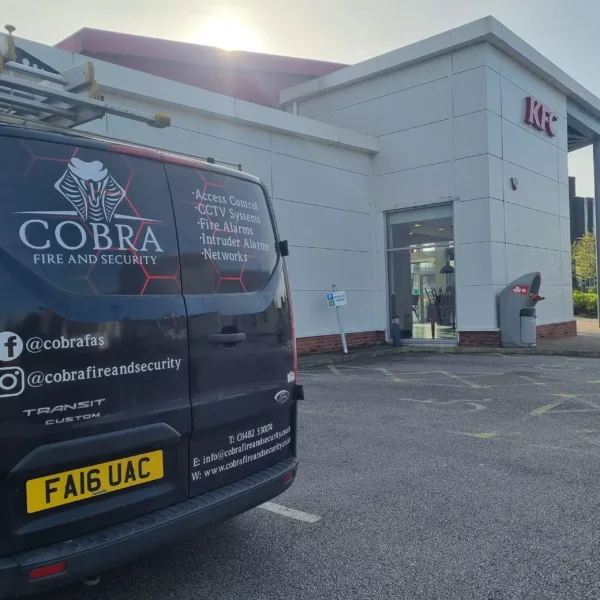
When Was CCTV Invented – The Full History and How It Changed Security
Understanding CCTV history UK helps explain how the technology moved from military use to everyday security in homes and businesses.
CCTV — or Closed-Circuit Television — is everywhere today: in shops, homes, workplaces, schools and city centres. But do you know where it started, how it evolved, and why it’s still one of the most effective ways to protect people and property?
This guide walks through the history of CCTV, connects it to modern CCTV systems, and explains why understanding its evolution helps you choose the right solution today.
CCTV History UK — Where It All Began
The very first CCTV system was developed in 1942 by a man called Walter Bruch in Germany. It was installed to monitor V-2 rocket launches — a military application where reliable visual feedback was vital.
Rather than broadcasting over public airwaves (like traditional TV), this system sent video only to a limited set of monitors — which is exactly what “closed-circuit” means.
From military tech to public security
After World War II, CCTV technology began to appear in commercial and public spaces:
-
1949 — UK public transport systems experimented with CCTV to deter vandalism
-
1960s–1970s — CCTV started being used in banks, airports, and industrial sites
-
1980s–1990s — CCTV became widely adopted in retail and public street surveillance
This was the era where analogue CCTV grew rapidly, with bulky cameras and dedicated recording machines.
The digital CCTV revolution
When you look at CCTV history UK, you can clearly see the shift from analogue tape systems to digital recorders and modern IP cameras.
The big shift came in the late 1990s and early 2000s when digital recording technology started replacing analogue tape:
-
Digital Video Recorders (DVRs) made it easier to store footage without changing tapes
-
Network Video Recorders (NVRs) and IP cameras brought CCTV onto local networks and the internet
-
Remote viewing apps became possible on smartphones and computers
Today’s systems are far more powerful than the originals:
high-resolution imaging, night vision, smart detection analytics, cloud storage, and mobile access are all common.
If you’re choosing between DVR and NVR options, see our DVR vs NVR CCTV guide for a practical comparison.
Why CCTV took off in the UK
Over the past few decades, CCTV became especially prominent in:
-
City centres and high streets
-
Retail shop security
-
Public transport hubs
-
Workplaces and industrial sites
-
Homes and gated properties
Part of the reason was crime prevention — research shows CCTV can reduce certain types of crime when installed strategically.
For more on how CCTV impacts crime and security, see our impact of CCTV on crime post.
How CCTV history shapes modern systems
Understanding where CCTV came from helps make sense of today’s choices:
Analogue roots → HD-over-coax systems remain cost-effective
Digital shift → DVR/NVRs with smart storage
Network era → IP cameras and cloud integration
This evolution means you can choose what’s right for your property — whether that’s a simplified system for a small home, or a larger IP network for a business site.
FAQs
The first major public use of CCTV was in the 1960s and 1970s in places like airports and bank branches. It became common in city surveillance by the 1990s.
CCTV was developed by Walter Bruch in 1942 to monitor V-2 rockets in Germany. It wasn’t intended for public security at first.
CCTV has moved from analogue tape systems to digital and network cameras, with features like remote viewing, motion detection, and high-resolution imaging.
Yes — modern HD-over-coax systems still stem from traditional CCTV wiring, and are a cost-effective choice for many homes and small sites.
Most modern CCTV systems still use some cabling (power or data), but wireless IP cameras are available where wiring isn’t feasible. For complex layouts, professional design helps ensure coverage and reliability.
Reviewed: 04/01/2025 Our articles are reviewed regularly. However, any changes made to standards or legislation following the review date will not have been considered. Please note that we provide abridged, easy-to-understand guidance. To make detailed decisions about your security provisions, you might require further advice or need to consult the full standards and legislation.
Share this article
Written by : Michael Winter
Follow us
A quick overview of the topics covered in this article.
Latest articles
January 6, 2026












